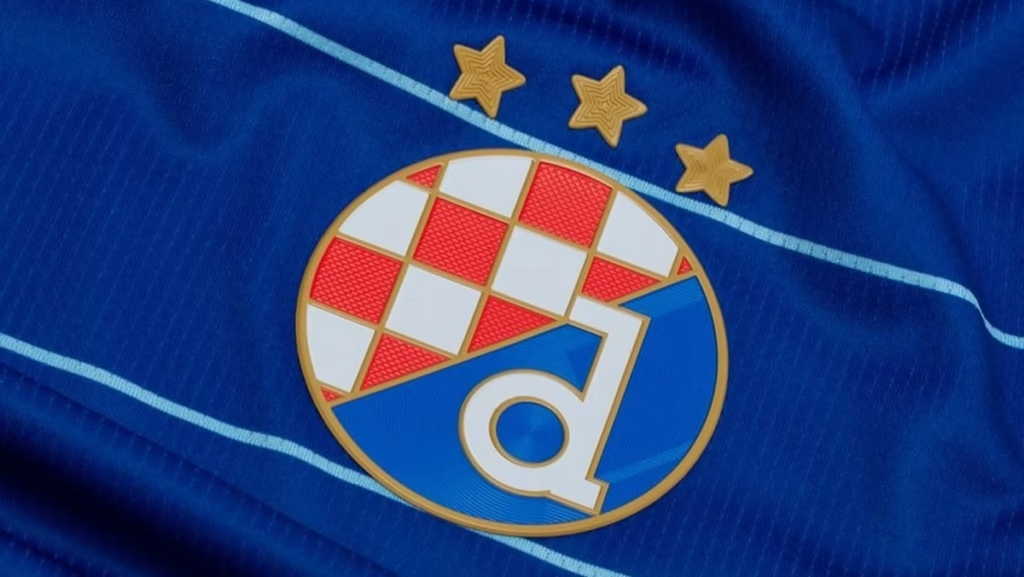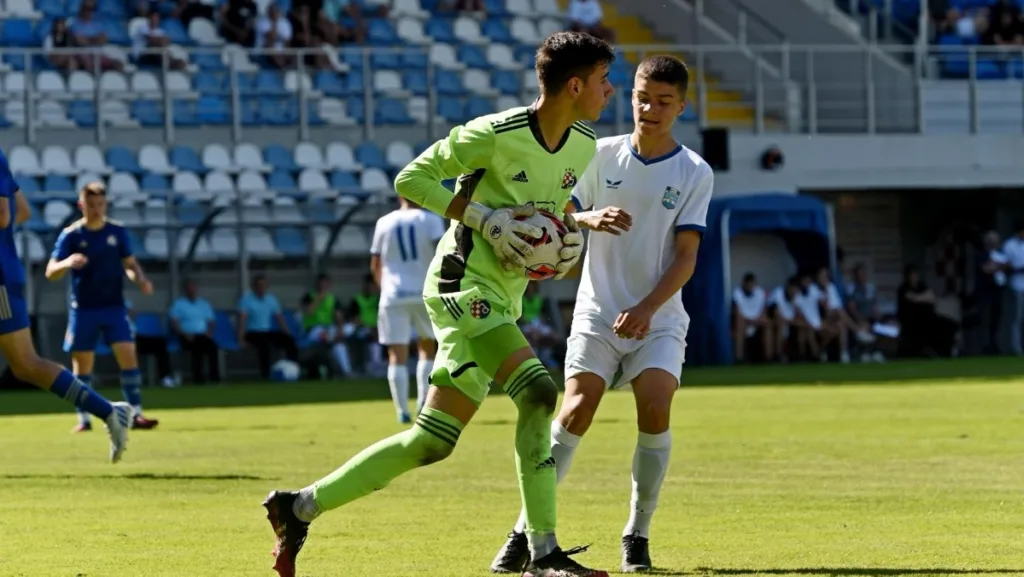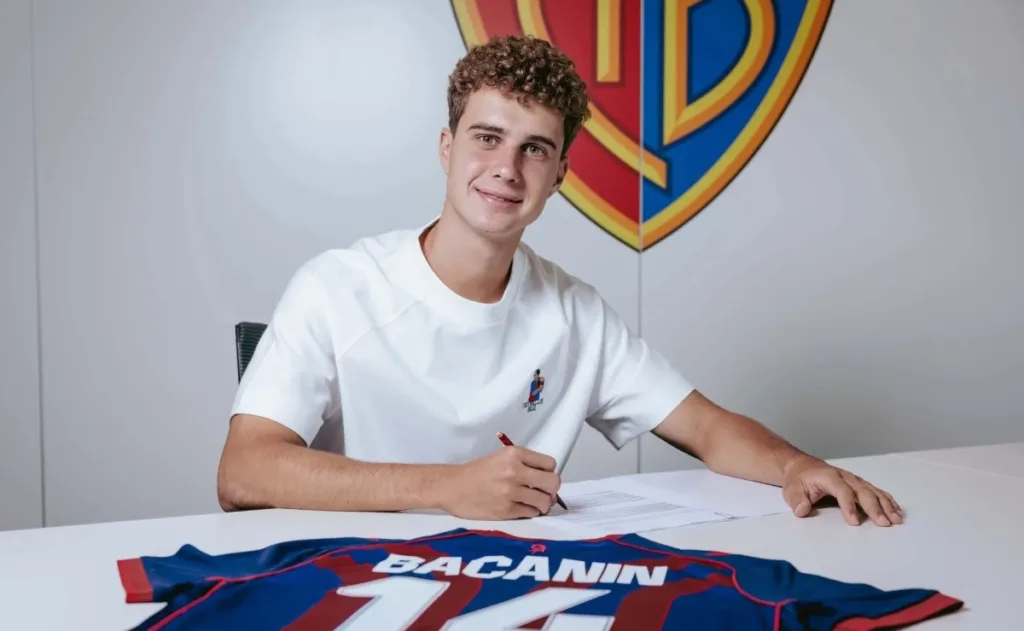
Dinamo Zagreb remains Croatia’s dominant club, but in Europe the gap is widening – and technology is the missing link.
Dinamo Zagreb is still the dominant club in Croatian football, but when it comes to competing at the European level, the gap is becoming increasingly obvious. The problem is not in tradition or talent—the problem is in technology. While many European clubs, even those outside the elite circle, are heavily investing in advanced scouting platforms, data analytics, and artificial intelligence, Dinamo continues to rely on outdated and fragmented models.
Scouting has always been the foundation of Dinamo’s success. Over the years, the club has discovered and developed some of Croatia’s finest players, building a reputation as a factory of talent. But the modern transfer market is changing rapidly. Mistakes are no longer measured only in missed opportunities but in millions lost. Without structured analytic models and predictive tools, Dinamo risks costly errors in recruitment and development.
Ivan Ilečić, former analyst of the Croatian national team and now CEO of Sportyn Inc., has closely observed Dinamo’s processes. According to him, Dinamo has been using more than 20 different scouting and analysis tools in the past 15 years, yet none of them are connected. Information is scattered across different systems, reports are stored in forgotten folders, and valuable insights are often kept only in the memory of individuals.
Dinamo Intelligence Lab
To overcome this, Dinamo would need to establish a centralized platform—something Ilečić calls a “Dinamo Intelligence Lab.” Such a system would consolidate all data, from the U9 academy players to the first team, and would remain fully owned by the club. With artificial intelligence integrated, Dinamo’s staff could gradually train predictive models that would identify potential risks and opportunities.
Examples from across Europe show how powerful this approach can be. Benfica invests more than €10 million annually in scouting and its academy, but has earned nearly €750 million in transfer profit over the last decade. FC Porto has built a model focused on identifying South American talent early, while Liverpool and Manchester City rely on advanced analytics to reduce mistakes.
Dinamo, in contrast, currently sits far behind. This lack of technological clarity affects not only the quality of scouting but also the market value of players. Scouts and agents working with Dinamo prospects cannot access objective, structured databases, which complicates evaluation and makes pricing inconsistent.
The return of Zvonimir Boban has brought optimism and credibility to Maksimir. Known for his leadership and integrity, Boban is also familiar with the importance of technology—during his time at FIFA, he was one of the driving forces behind VAR implementation. Yet charisma alone cannot guarantee sustainability. Without a technological reset, Dinamo will continue to rely on improvisation instead of systematic progress.
If Dinamo wants to protect its status as a talent factory and remain relevant in Europe, it must act quickly. A centralized, AI-supported scouting system is no longer a luxury but a necessity. The choice is clear: adapt to the digital era of football or risk being overtaken not just by Europe’s giants, but also by regional rivals already moving forward.



